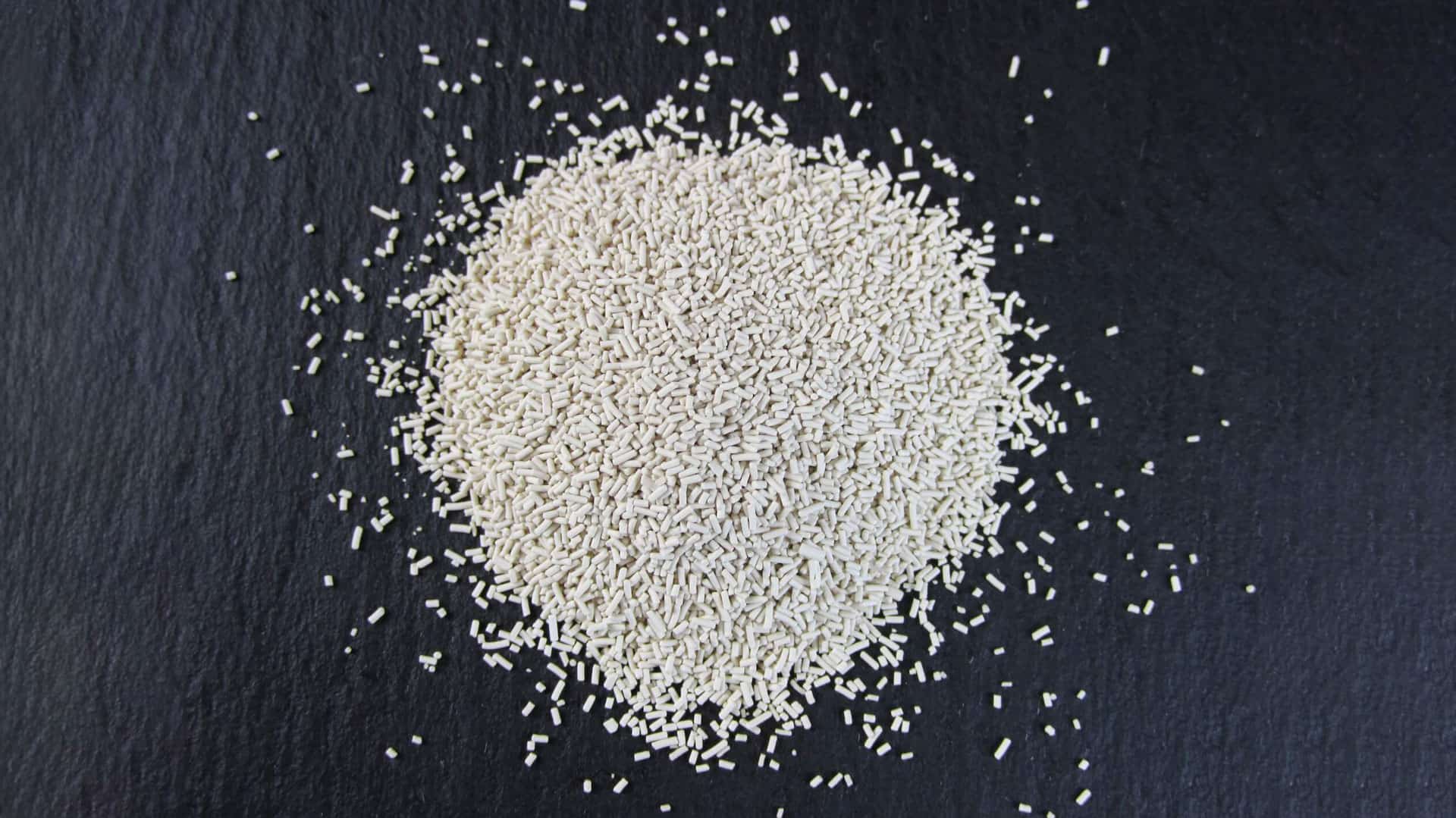When you think of yeast, you might initially think of the baker and the delicious yeast plait from your last Sunday breakfast. However, the fact that yeast also plays a – indeed, the decisive – role in viticulture becomes clear to the observer at the latest when you ask yourself how grape must is actually turned into wine. The answer: thanks to yeast (although a different yeast is used for wine than for baking, beer or cheese, for example). Because it is only thanks to the yeast that fermentation takes place at all. It is this tiny fungus (5-30 μm long and 1-5 μm wide) in its spherical, oval or elliptical shape that we have to thank for the conversion of fructose into alcohol and carbon dioxide. It is the only microorganism that can multiply in the acidic pH value of the must and initiate the biochemical process of fermentation. During this process, the yeast cells split one sugar molecule into two molecules of ethanol (alcohol) and two molecules of carbon dioxide (carbonic acid).
It has long been known that it is sugar that converts into alcohol. However, it was only in the 1850s, when the microscope was invented, that this was scientifically proven. It was none other than the famous chemist Louis Pasteur who was responsible for the discovery of fermentation and yeast. And it wasn’t long before it was discovered that there are different strains of yeast. Each of which has its own characteristics, albeit not always positive ones. It is therefore obvious that the quality of the wine depends on the right yeast. The vineyards are full of different yeast strains. Yeasts are particularly common on the skin of the grape berry. Once the berries have been crushed, the yeasts spread rapidly in the must and then start fermentation at the right temperature.
Once alcoholic fermentation is complete, the yeast cells gradually die off and begin to decompose. The remains (also known as whole yeast) then collect at the bottom of the fermentation container. The process of dissolution, in which parts of the yeast (also known as fine yeast) – especially the proteins – are integrated into the wine, is also known as autolysis. These proteins help the wine to keep longer. In addition, they also give the wine more texture, which is later noticeable on the palate as a creamy impression when tasting. If winemakers work more intensively with the yeast residues at the bottom of the barrel by regularly stirring them up so that the wine comes into contact with the particles as often as possible, the best case scenario is a white wine with significantly more complexity and finesse in the glass than a white wine that has been drawn off the yeast and bottled relatively quickly.

